This post is written by Jet Toyco, a trader and trading coach.
To an average trader…
The complicated name of this indicator can be pretty intimidating.
But in today’s guide…
You’ll be shocked at how simple, versatile, and effective this indicator is.
That’s right.
In today’s guide, I will share with you:
- What is the Donchian Channel
- A trend-following strategy only using the Donchian Channel
- A swing trading strategy only using the Donchian Channel
- Live trading results to see if those strategies work or not
The last point is something you’d rarely see in an article.
So make sure you read through this guide because you’re in for a treat.
Let’s get started…
What Is The Donchian Channel and How Does It Work
Let me explain how this indicator works in simple terms…
Imagine you have a laser pointer in your hand, and you are on top of a mountain.
Now, what you want to do is to point the laser pointer on the horizon.
Why?
Because you want to measure the highest peak of the mountain so that you can use it as a reference for later.
At the same time, you also want to measure the lowest area of the mountain, so you have a good idea of what the lowest point is.
And that, my friend, is how the Donchian Channel works (it’s the same chart as the “mountains,” by the way).
It simply acts as a “laser pointer” on where the highs and lows are without you having to second-guess yourself.
It’s that simple!
So, are you sold on the idea yet?
No?
Good, because in the next section…
Not only will I teach you a trend-following strategy that only uses the Donchian Channel…
I will also show you my live trading results to see if it works in the markets.
A Simple Donchian Channel Strategy For Trend Following
Before we get to the meat of this section…
It’s essential to know that the Donchian Channel isn’t a holy-grail magic indicator to be worshipped.
It’s simply a tool, and it’s how you use it that matters.
That’s why before you consider yourself worthy of wielding the Donchian Channel, you must ask yourself:
“What is my trading method?”
“What types of trades do I want to capture?”
In this case, it’s trend following—where your goal is to buy high and sell higher.
As you can see, you don’t try to capture and predict tops, but you try to follow the trend until it bends.
So, let me show you how to use the Donchian Channel to achieve those goals.
Donchian Channel: Trend Following Strategy Rules (Long Only)
- Entry Rule: Enter if a stock closes and makes a 20-day high (20-Period Donchian Channel)
- Exit Rule: Exit if a stock closes and makes a 10-day low (10-period Donchian Channel)
- Risk management: 10% portfolio allocation (maximum of 10 open trades)
- Initial Stop loss: -10% from the purchase price
Let me break it down for you and show you some examples.
Since we want to buy high and sell higher, we’ll use the 20-period Donchian Channel to reference our entries.
So you’d want to wait for a stock to close above the upper channel (which means it made a 20-day high).
MRNA daily timeframe:
And consider entering the stock on the following day open…
MRNA daily timeframe:
Of course, no strategy is complete without an exit rule.
So for this strategy…
You’ll use a trailing stop loss method, which is to wait for a stock to make a new 10-day low (10-period Donchian Channel).
MRNA daily timeframe:
That’s pretty much it!
Can you see how simple it is?
Use the black line to time your entries and the red line to time your exits.
It’s systematic and easy to understand that even a 10-year old can do it too!
Now here’s the big BUT…
Does it work in the live markets?
So far, this strategy has produced a 15.15% return over the past six months…
Of course, depending on how aggressive you are (i.e. increasing your allocation per trade), your returns could be more than 15%.
That’s why you should never take these results at face value because your results may vary from mine.
But one thing you can take away is that it works in the market despite the index performing very poorly.
Sounds good?
Now, in case you’re wondering…
Does this strategy work in the forex market?
After trading this strategy for the first three months, the results are pretty surprising.
It did not perform very well…
At that point, no matter how many tweaks I made with the Donchian Channel Trend Following Strategy, the result was still the same.
What does this mean?
It’s simple.
It means the strategy does not work on the current market condition.
Since I know that there are changes that must be made…
I swallowed my pride and became open-minded enough to adopt a swing trading setup.
Now how did it go this time?
I was able to break the losing streak and now starting to inch closer to breakeven on my forex portfolio.
So, if you’re the type of trader who wants to buy low and sell high, this strategy is for you.
Keep reading…
A Trick To Use The Donchian Channel For Swing Trading
Basically, as a swing trader, you’d want to time your entries when the price reaches support and sell it before resistance (and vice-versa for shorting).
Your goal here is only to capture one “leg” of the move instead of trying to catch a whole move…
With that said, here are the rules for this strategy for the forex market…
Donchian Channel: Swing Trading Strategy Rules (Long & Short)
- Entry Rule: Enter if a pair makes a strong candlestick rejection from the upper/lower channel
- Exit Rule: Take profit before it reaches the lower/upper channel
- Risk management: 1% maximum risk per trade
- Initial Stop loss: 1 ATR
Now, you’re probably curious what the “trick” is, right?
Well…
Remember how we use the Donchian Channel to buy when it hits the upper channel?
This time, we do the opposite of that…
NZDCHF daily timeframe:
That’s right.
You’ll wait for the price to make a 20-day high and then wait for a strong bearish candlestick to go short.
The opposite is true, wherein we wait for the price to make a 20-day low and then wait for a bullish candlestick to go long.
NZDCHF daily timeframe:
Here’s the thing:
Identifying a strong “bullish” and “bearish” candlestick takes some practice.
Just because a candlestick makes a new 20-day high doesn’t mean that you should short immediately.
Here’s what I mean…
That’s why I highly suggest you familiarize yourself with candlesticks through this article here: The Monster Guide to Candlestick Patterns
With that out of the way, how will you take profits or exit your trades?
Instead of using a 10-period Donchian Channel trailing stop loss, we’ll set our take profits at a fixed level before the opposing channel.
Let me explain.
If you’ve entered a short position from the upper channel, then you’d want to set your take profit before the lower channel.
NZDCHF daily timeframe:
I know you could’ve captured a little bit more profits.
But then again, you wouldn’t want to be too greedy. Else, you’ll end up with less!
To top it all off, here’s another example…
GBPCHF daily timeframe:
Since not all strategies win all the time, here’s a correct trading setup but a losing trade.
AUDNZD daily timeframe:
Before we end today’s guide, here are some essential things you must keep in mind…
Disclaimer
I know I’ve shared precise trading strategies with actual trading results to show for it.
However, you must promise me that you’ll own the knowledge taught in this guide and do your due diligence before trading this live.
Because in the end, only you are responsible for your results.
Cool?
Let’s do a quick recap on what you’ve learned today…
Conclusion
- The Donchian Channel is a simple indicator that visualizes the highs and lows without having to manually plot any lines on your chart
- The Donchian Channel can take trend-following setups by buying the breakout of the upper channel and selling higher once the price hits the lower channel.
- The Donchian Channel can also be used to take swing trading setups by buying from the lower channel and selling before the price hits the upper channel (vice-versa for shorts)
Over to you now…
How do you think you would use the Donchian Channel?
Would you use a higher period or use it on a lower timeframe?
Let me know what you think in the comments below!

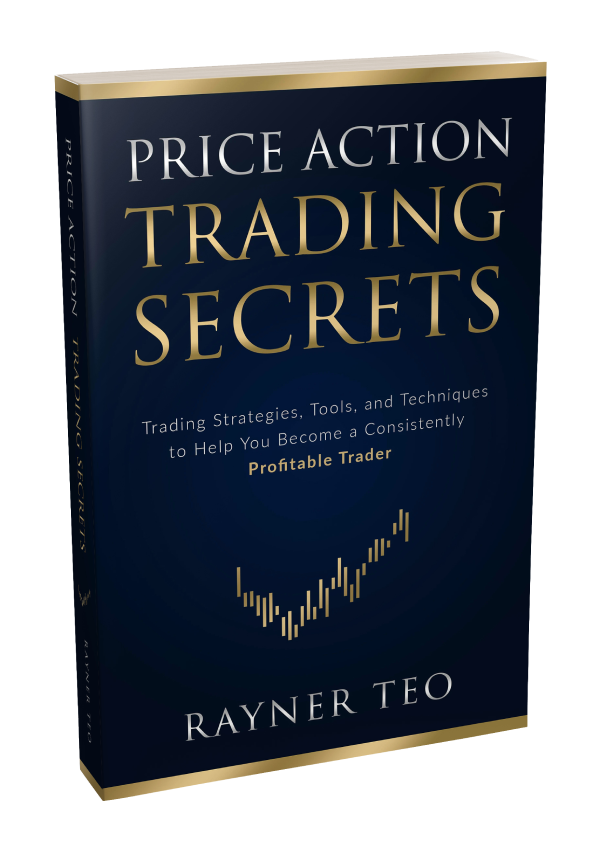
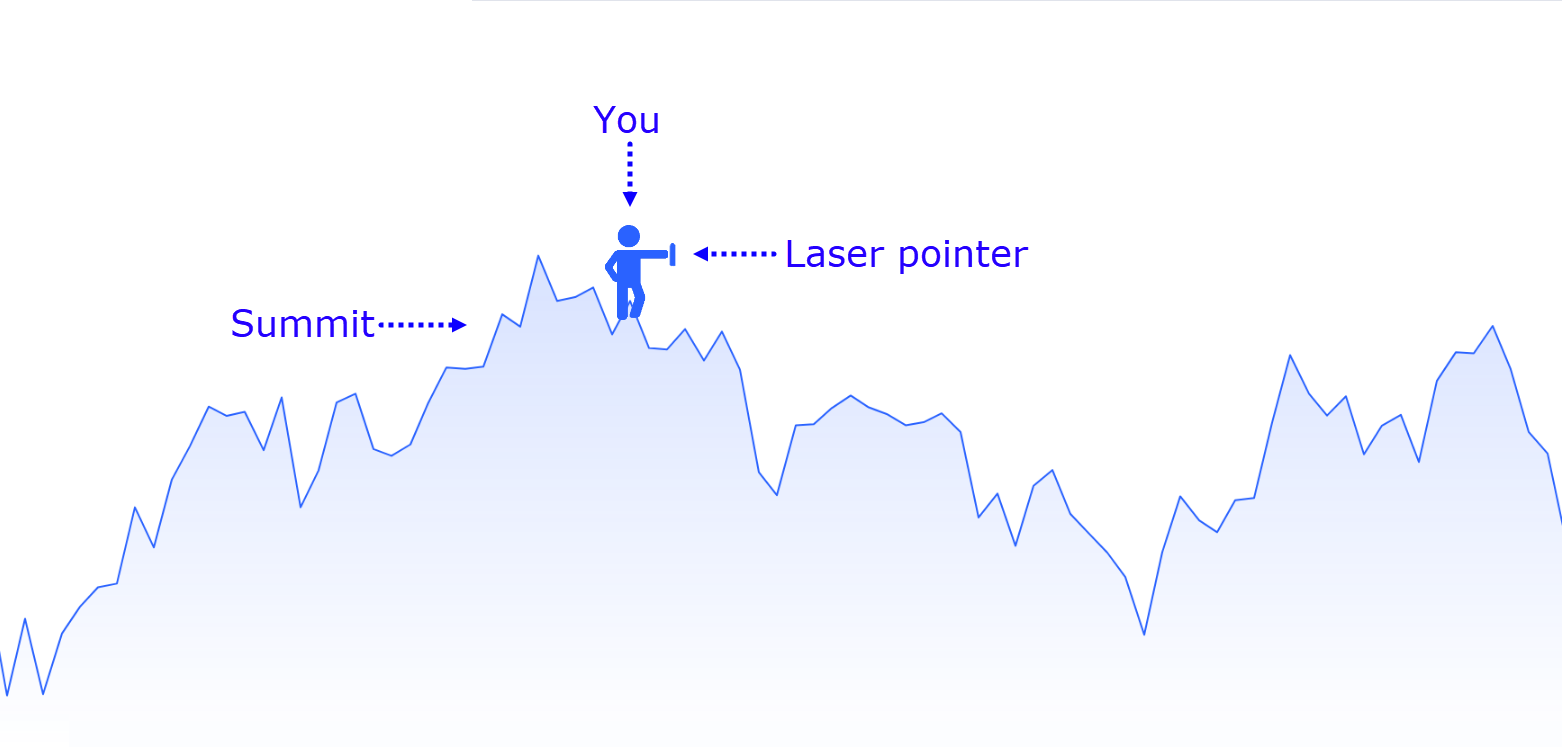
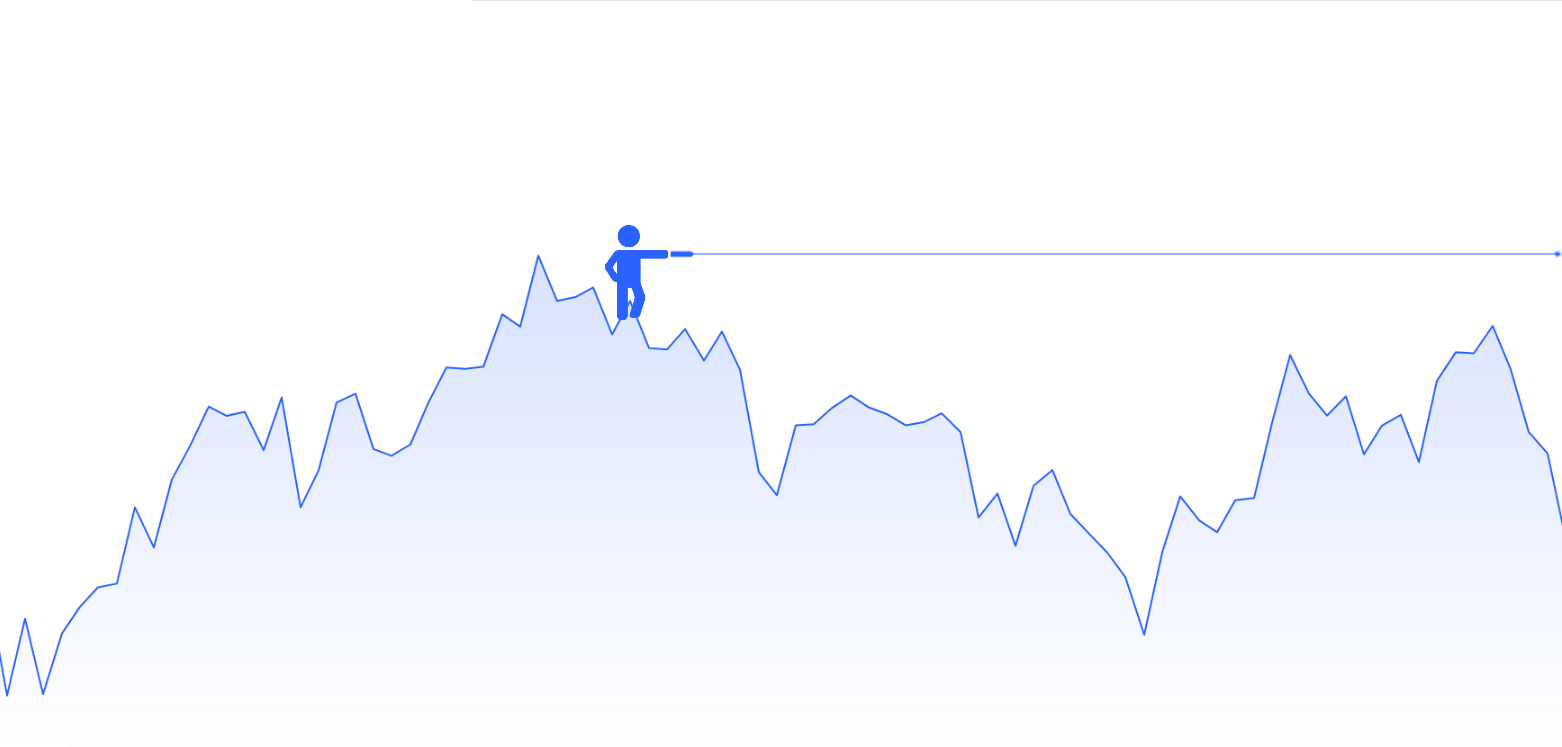
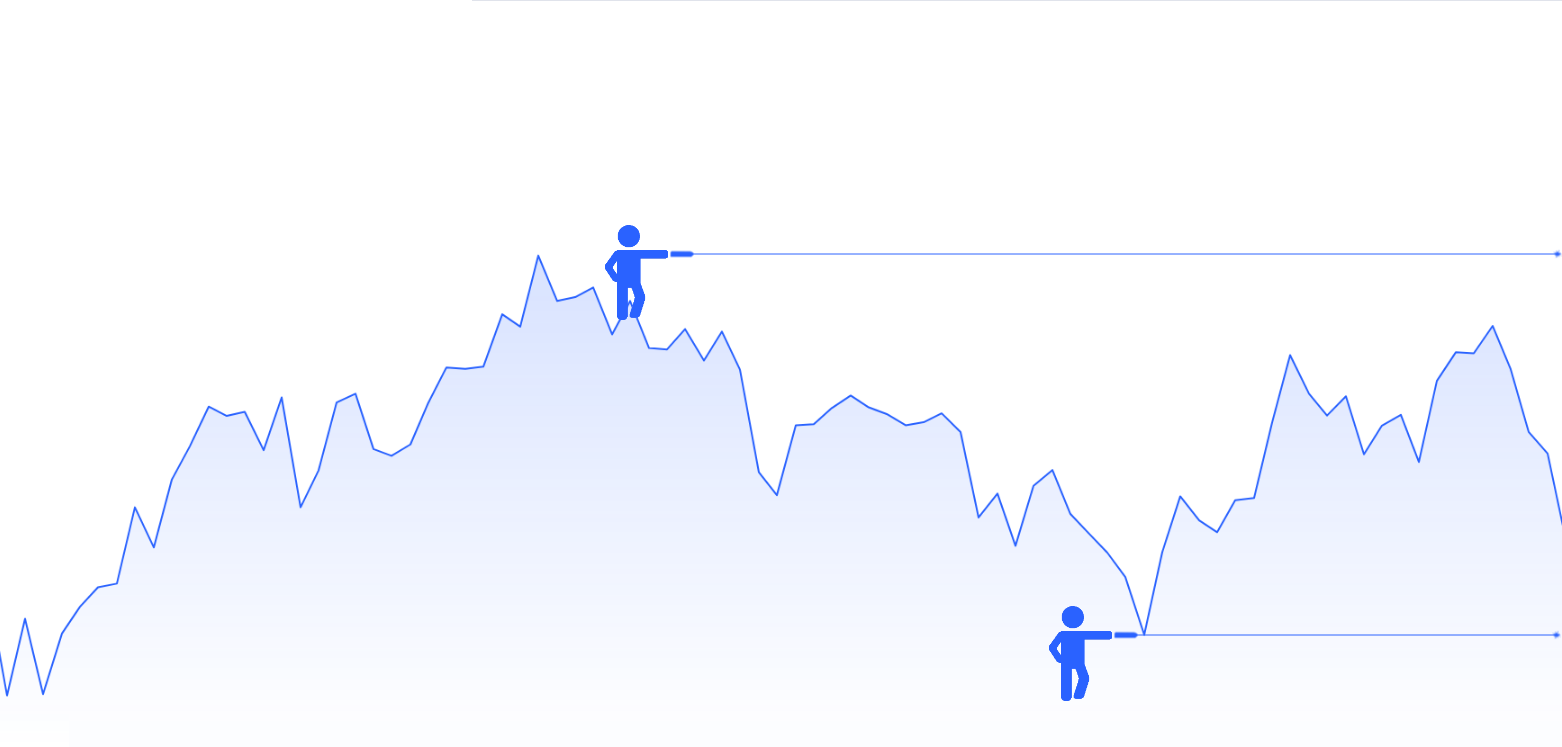
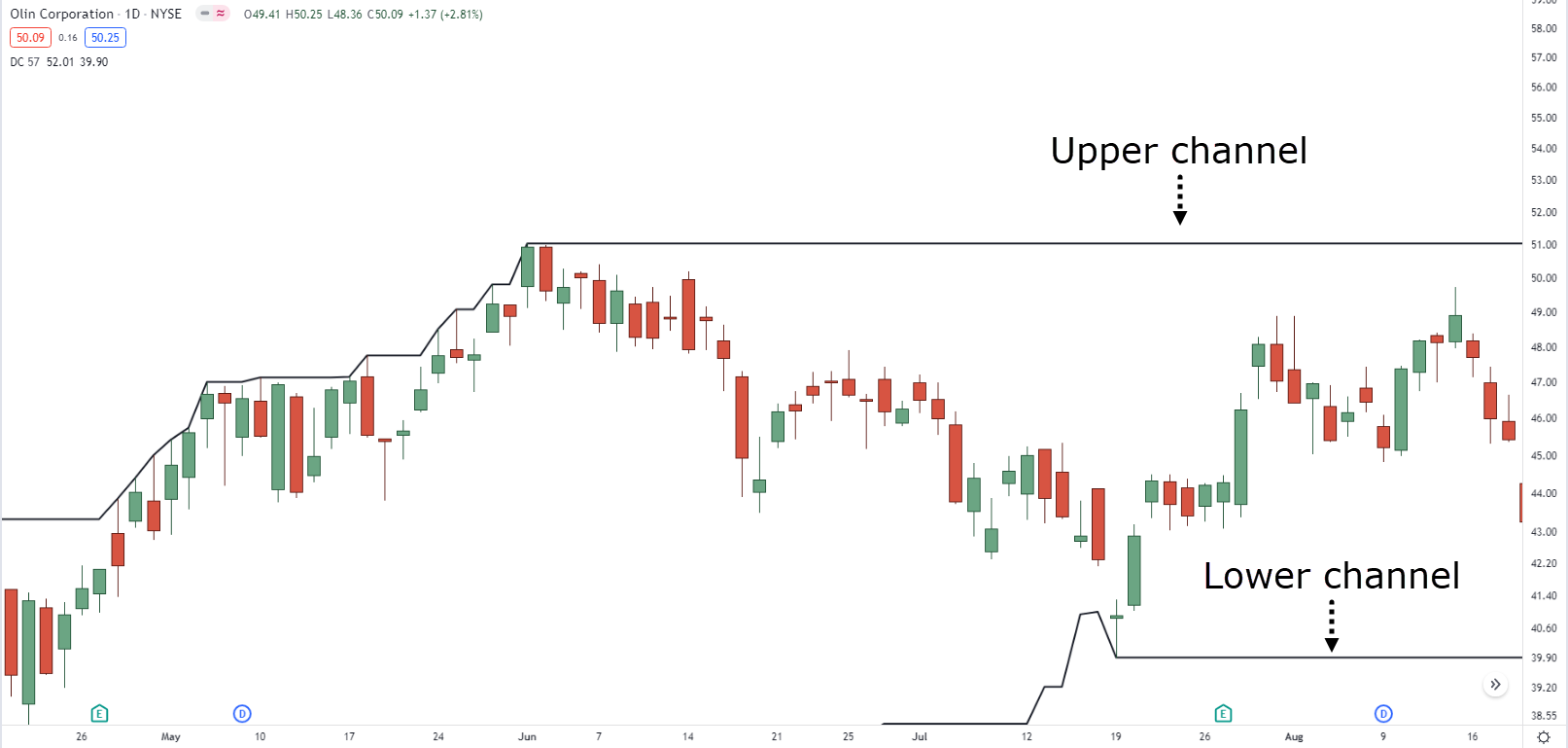
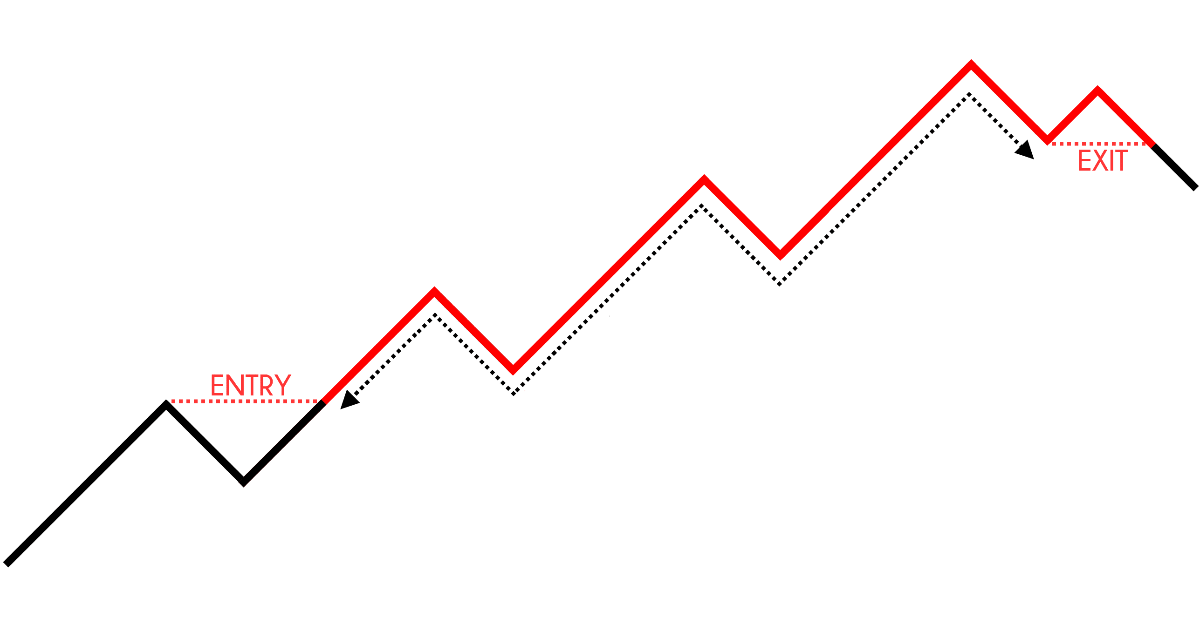
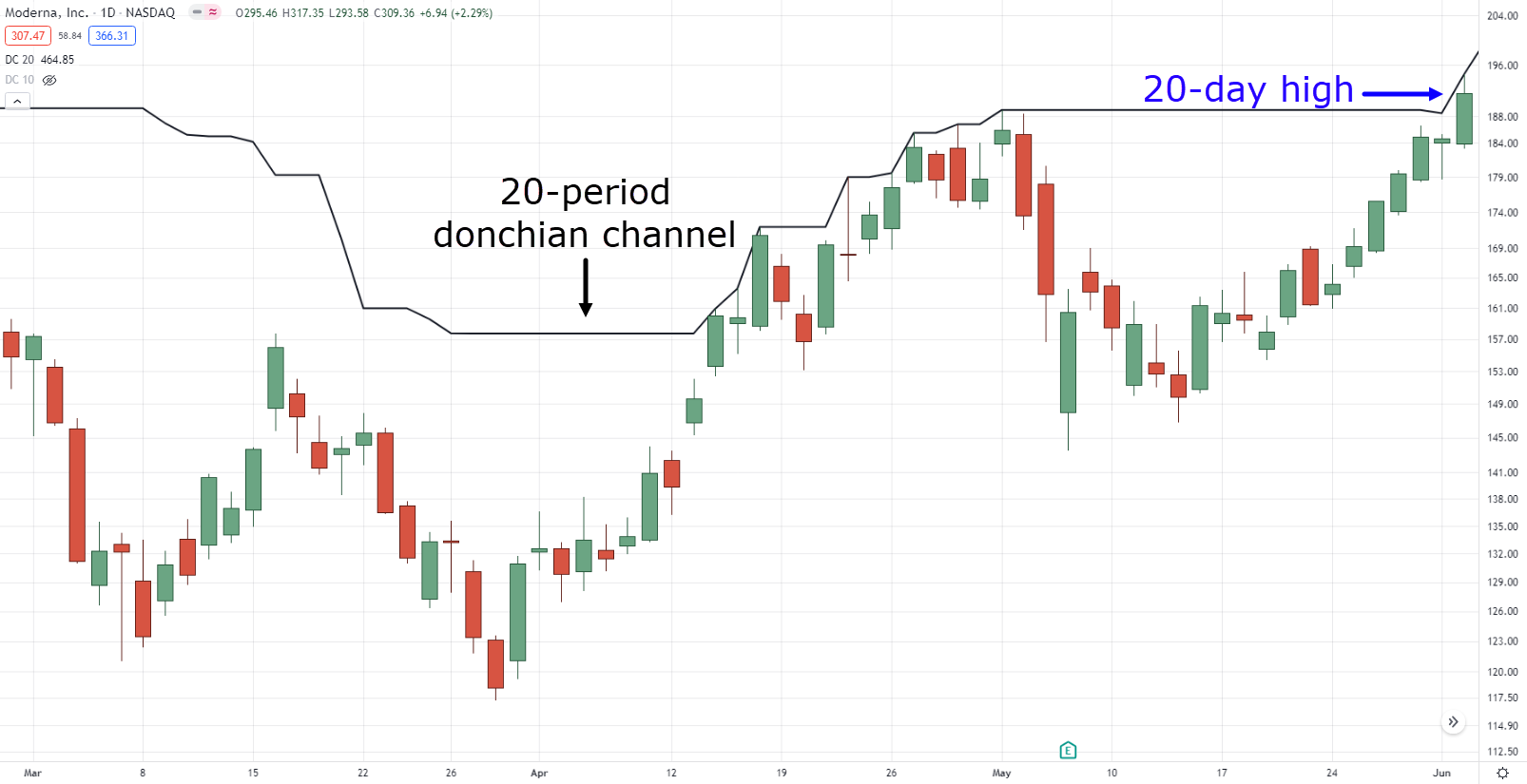
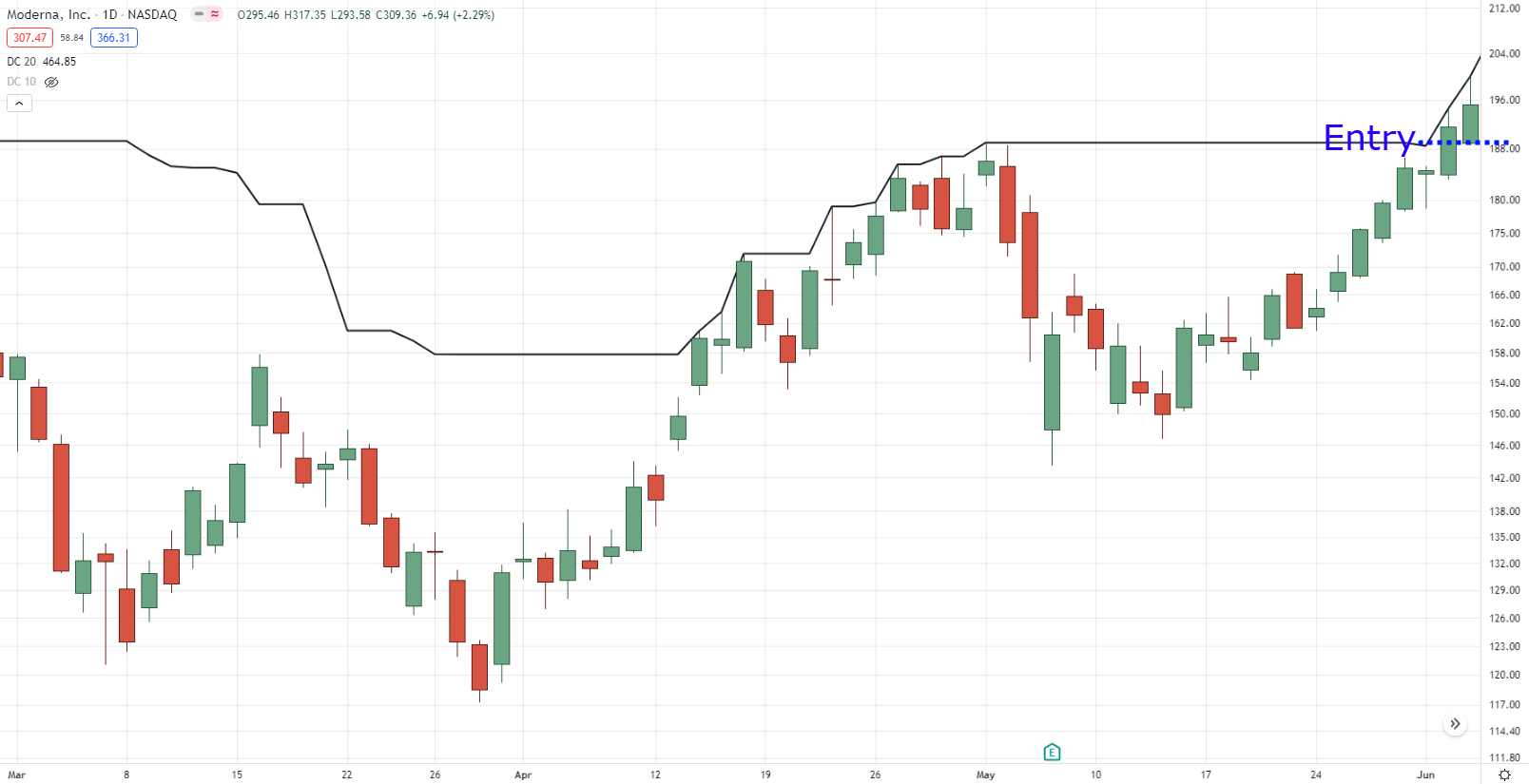
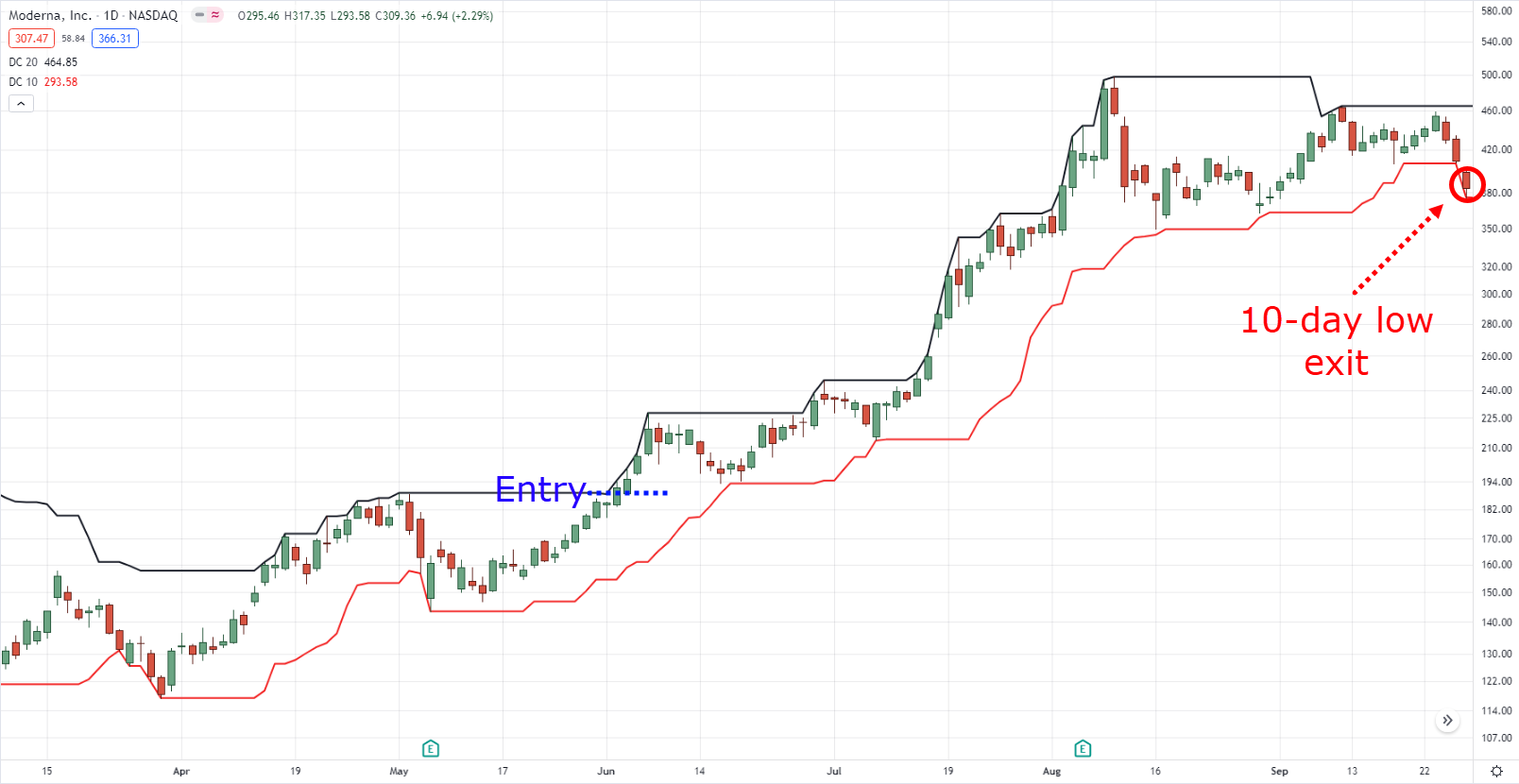
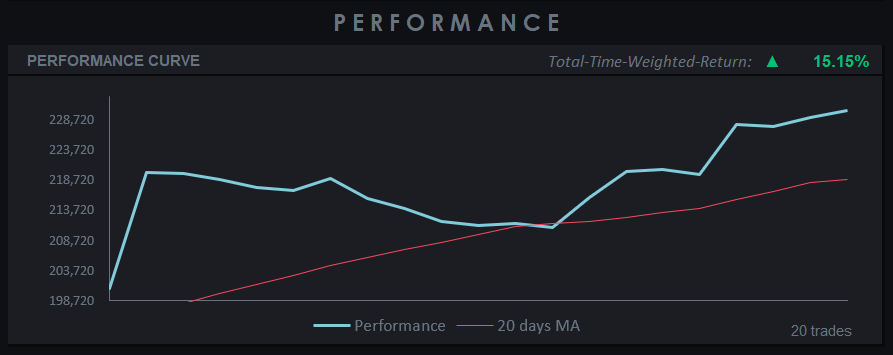
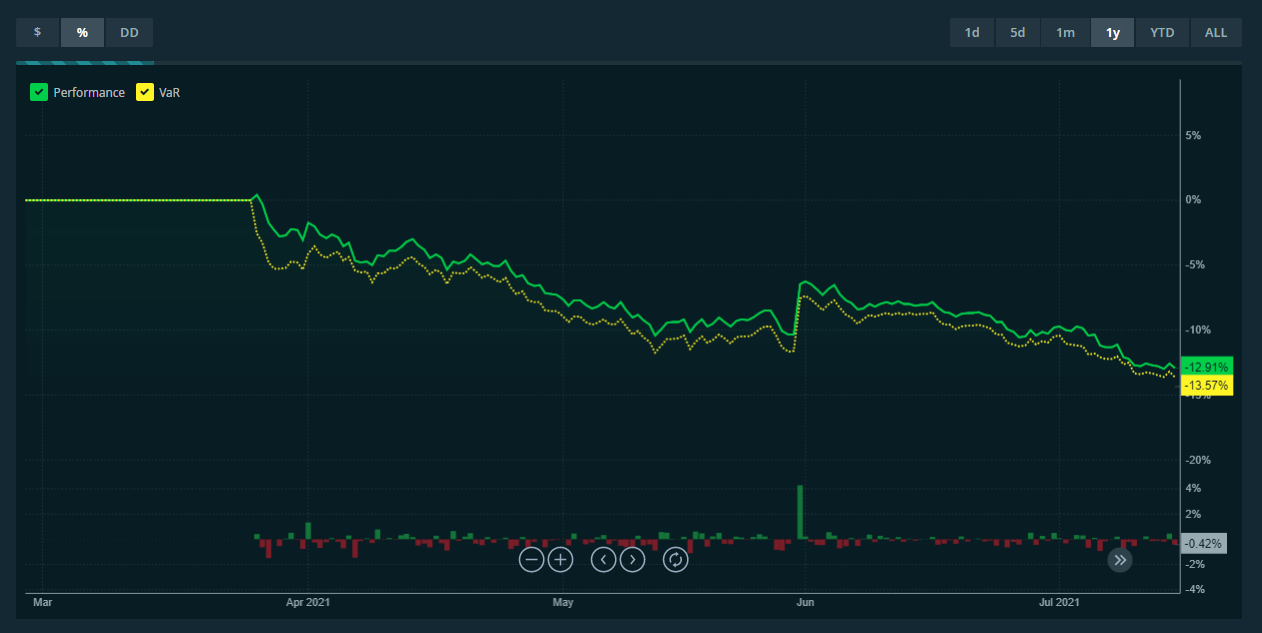
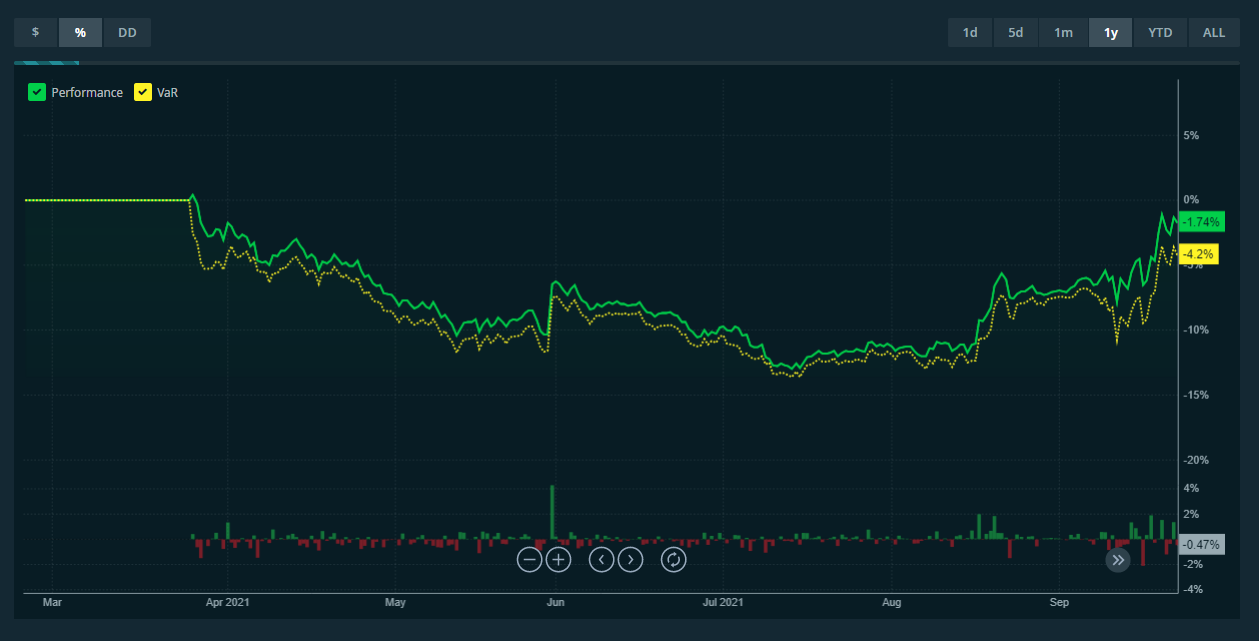
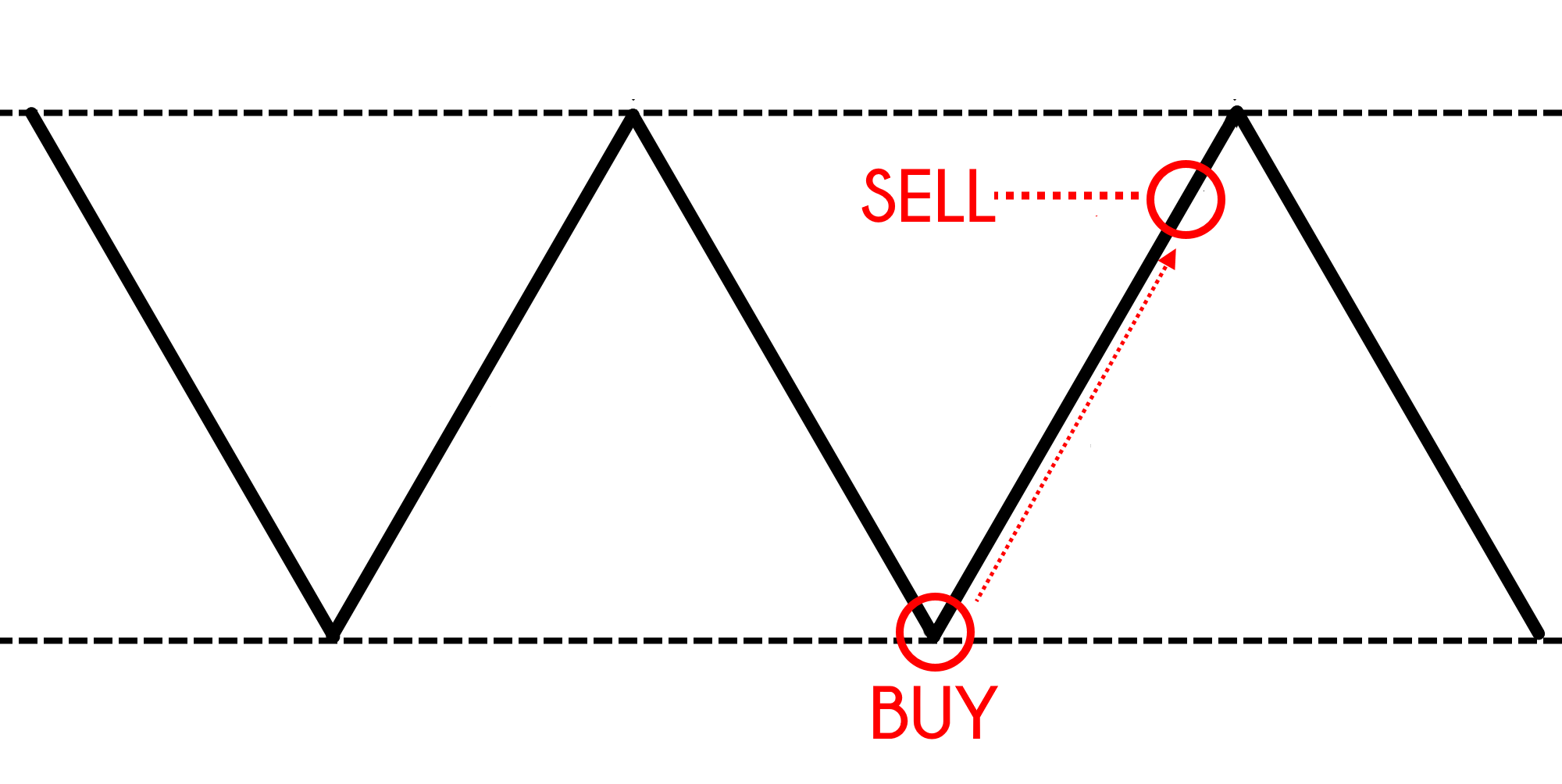
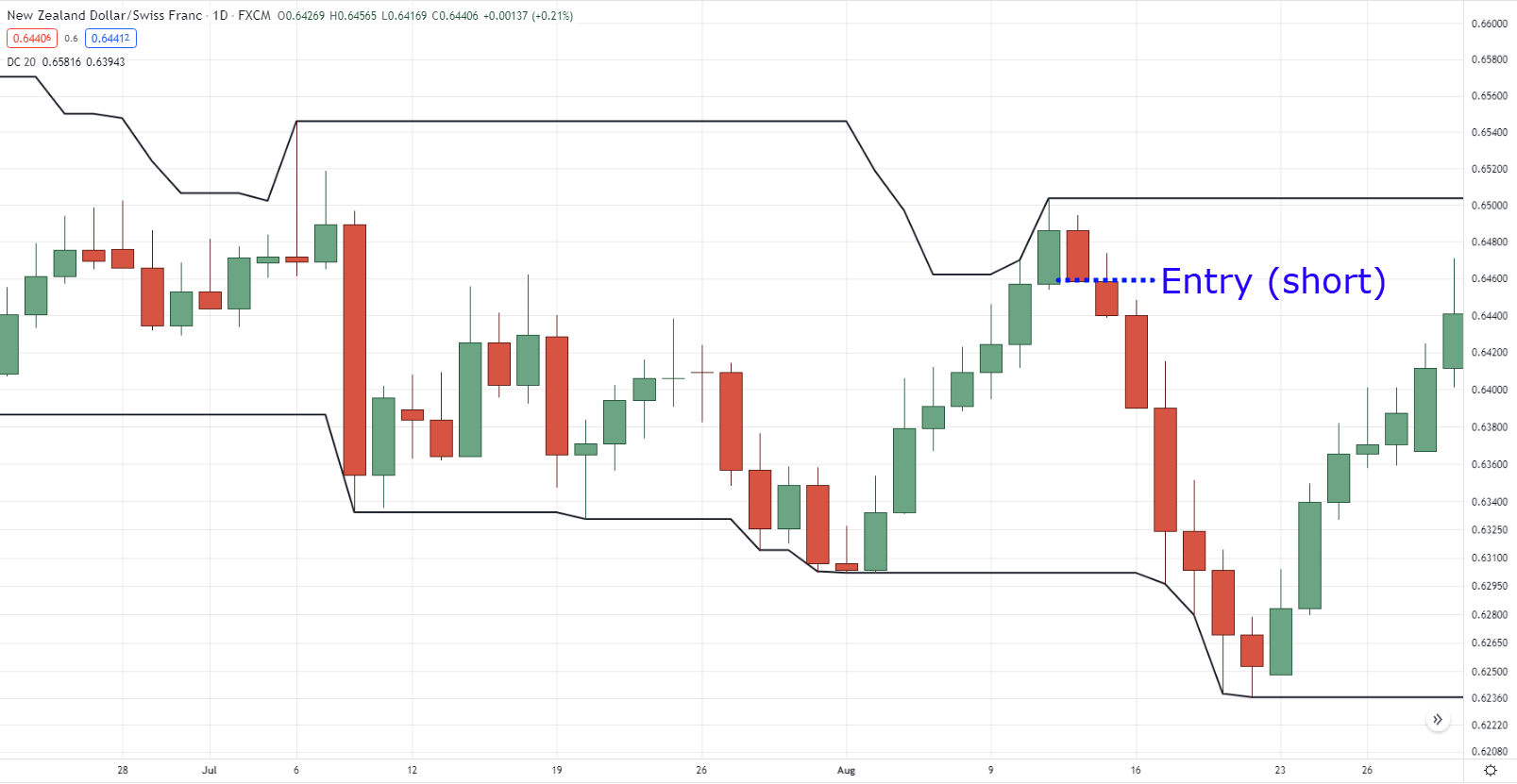
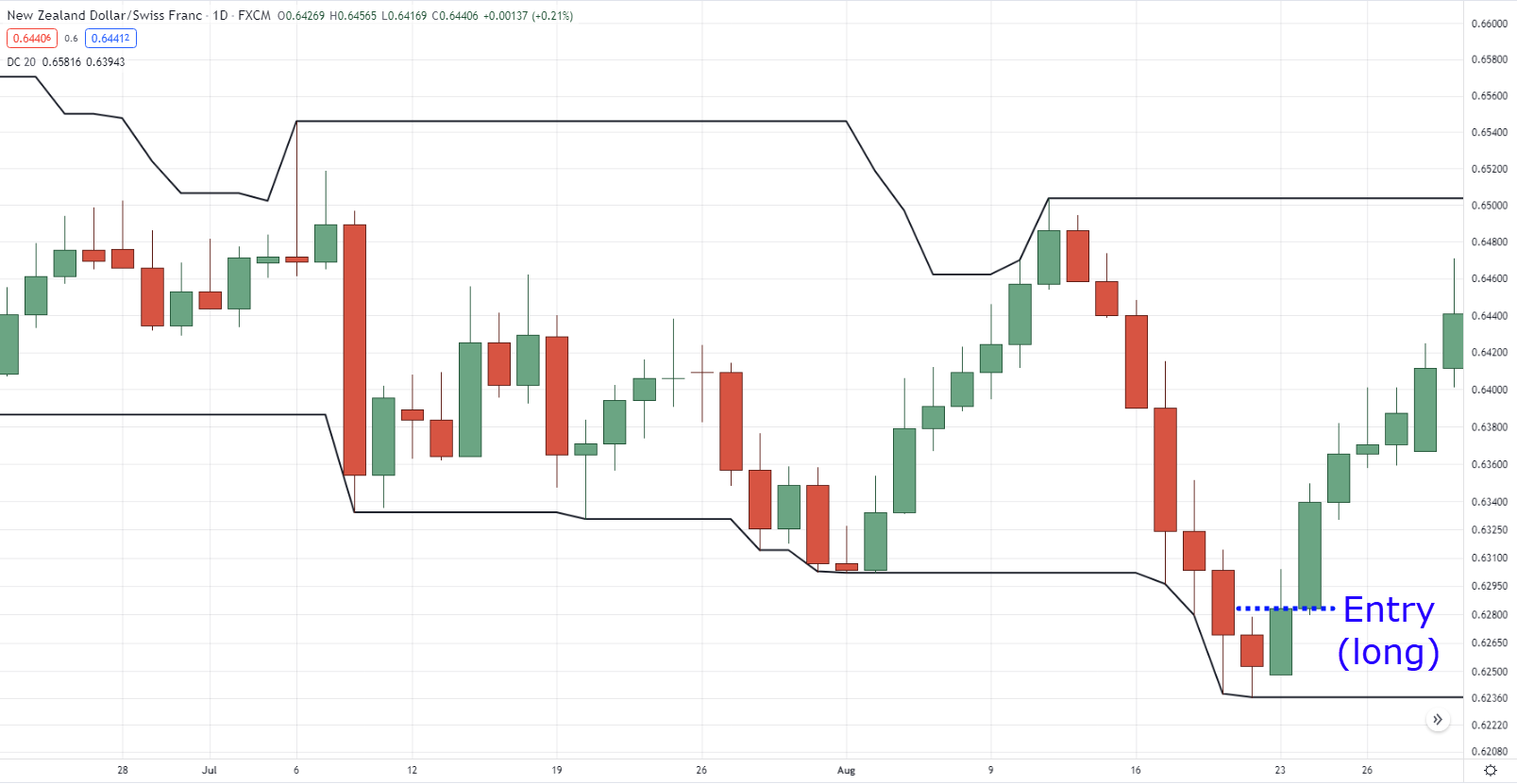
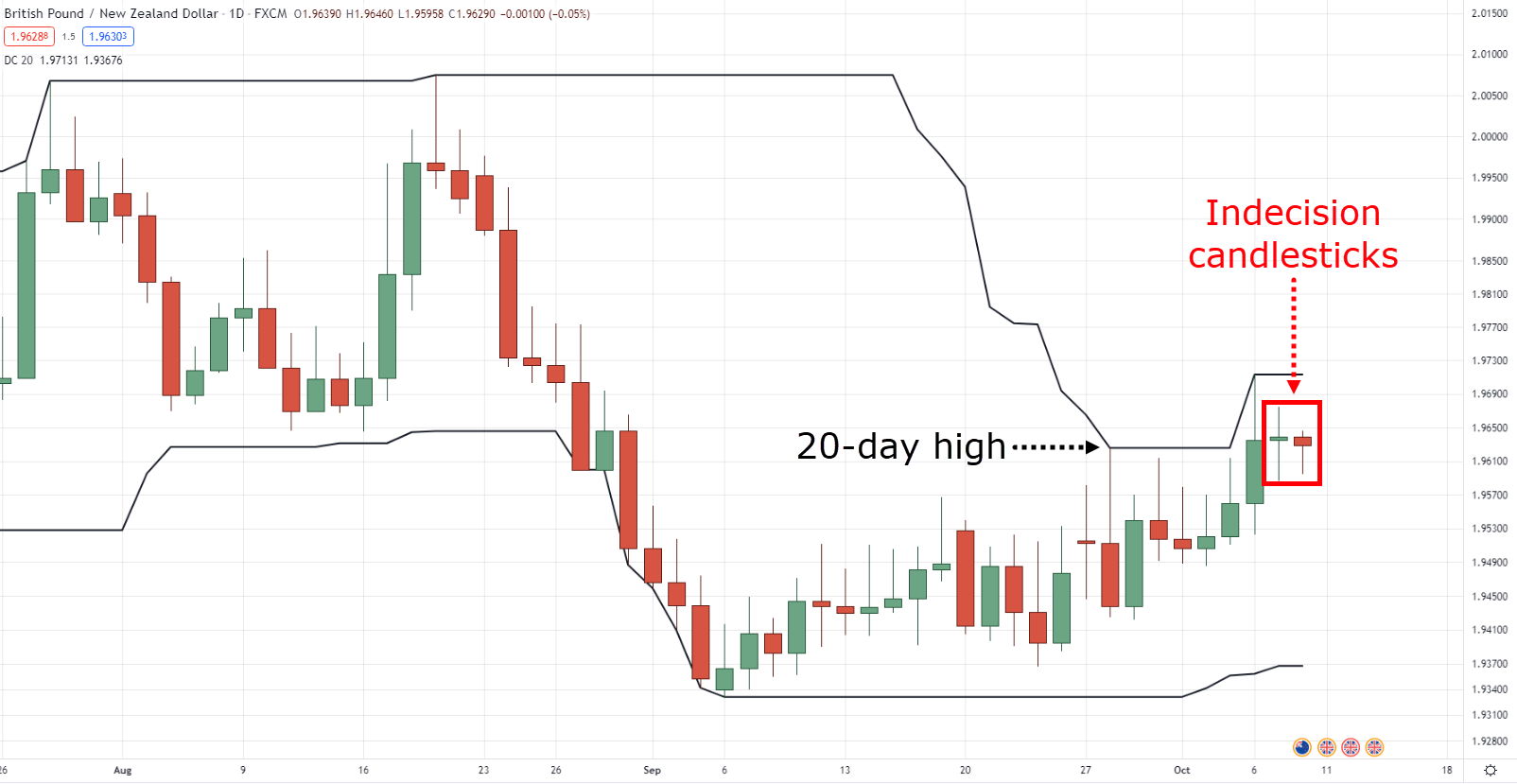
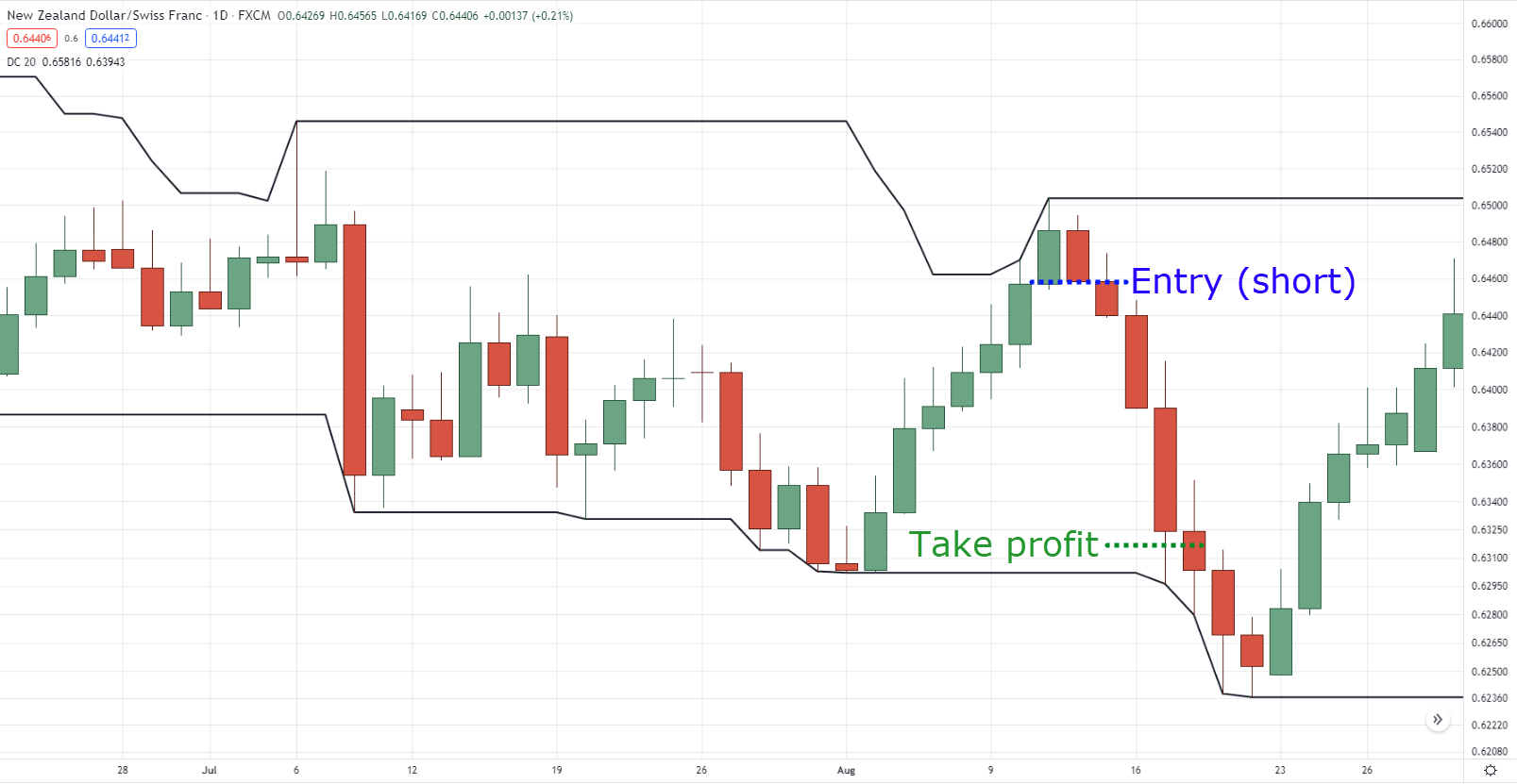
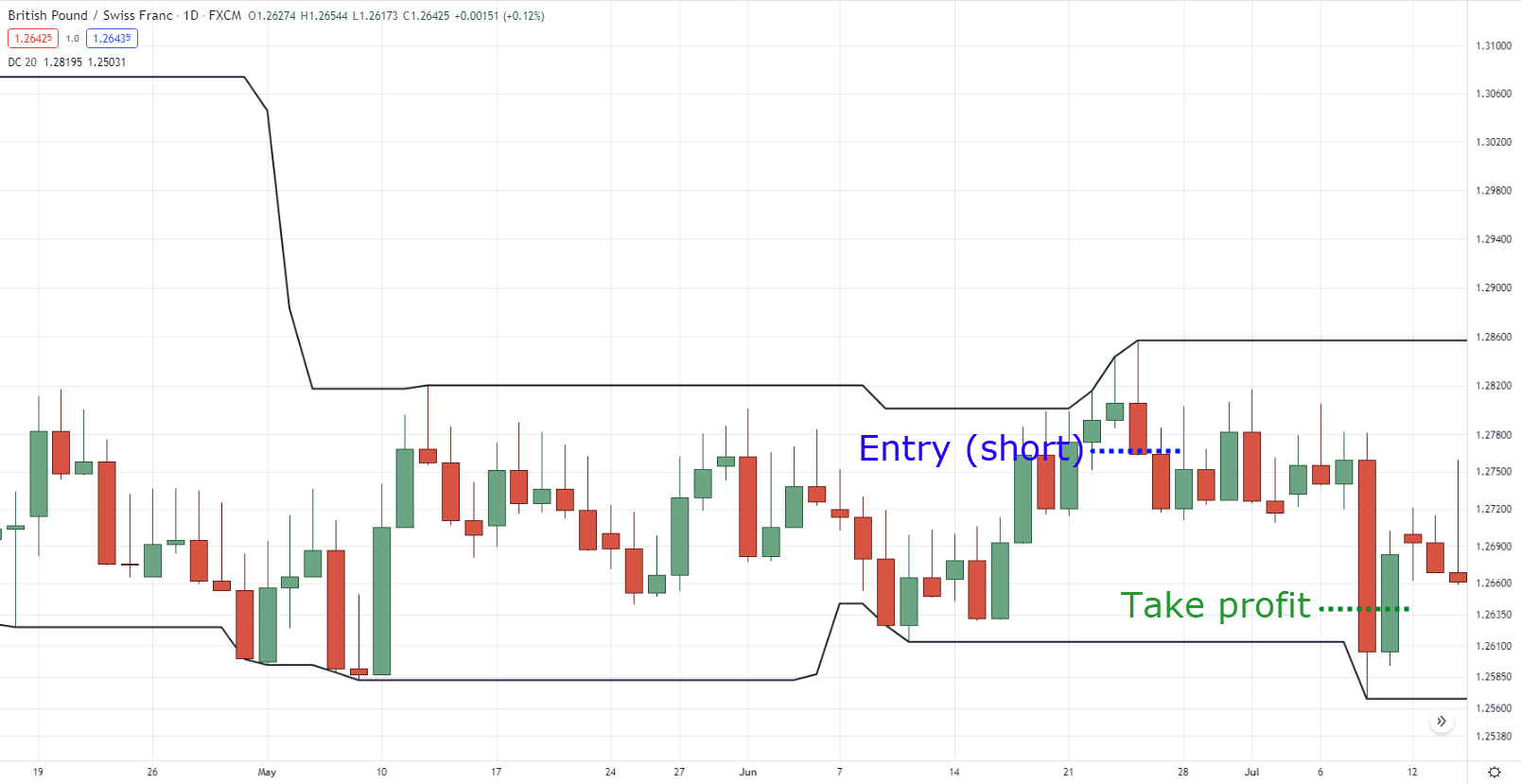
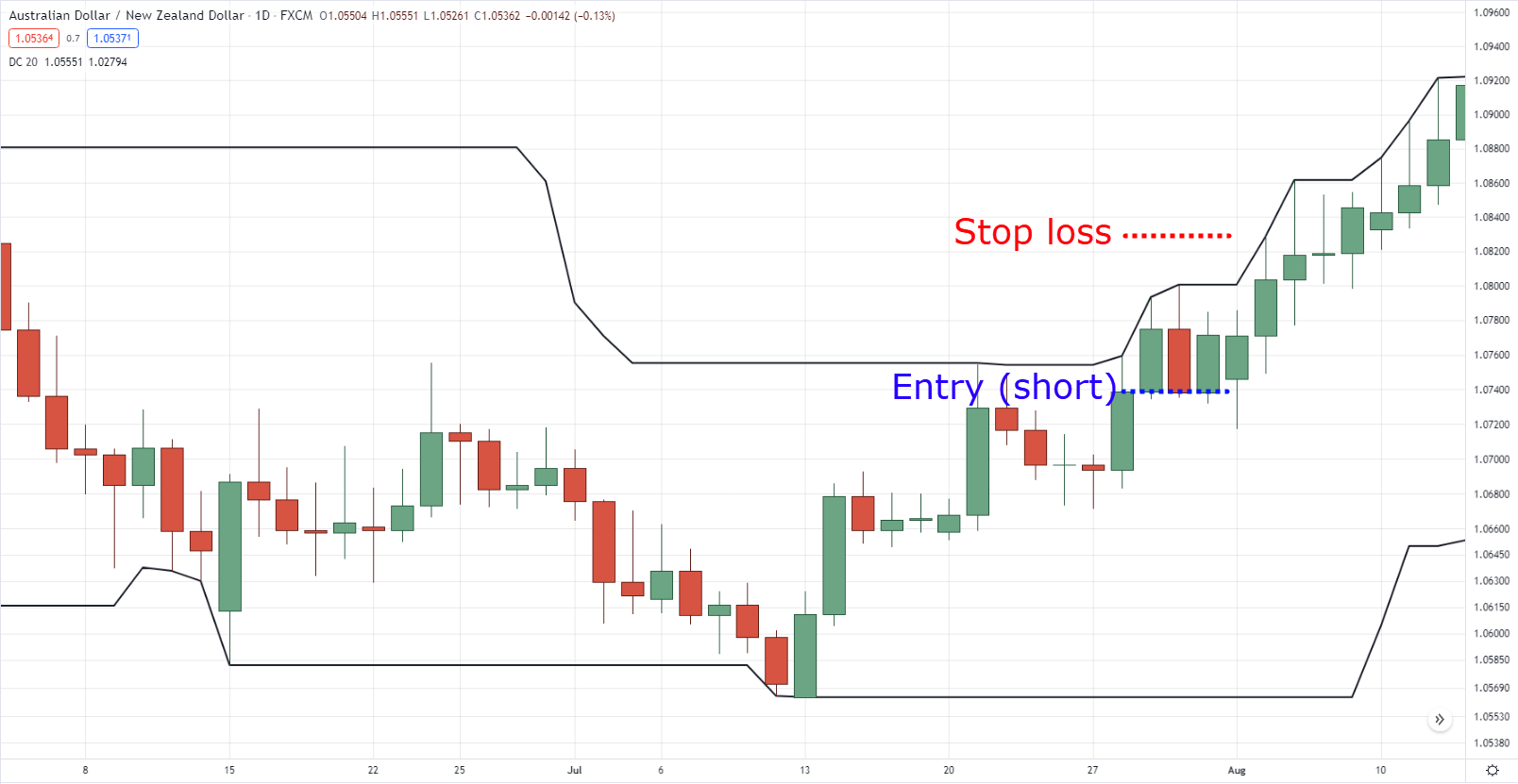
1) Stock selection for the donchian bo strategy?
2) Also, does the strategy explained for forex work for equity? If so, which stocks?
1. I make sure I look for opportunities on the highest performing (liquid) stocks year to date (YTD Filter + Value Average)
2. There are thousands of stocks out there, but yes it does work in the stock market!
Great and concise article Jet! I was just wondering, what stocks do you consider to be liquid, is it the trade volume? If so, what’s the minimum volume you would consider it being liquid?
I make sure it has a value (not volume) average of at least $200,000 over the last 20 days, I hope that helps!
“a value (not volume) average of at least $200,000 over the last 20 days”
What study accomplishes this screen, Jet?
Thanks in advance!
Hey there Randall, as of now, this is the best one that I can think of that’s free (For the US market): https://finviz.com/screener.ashx?v=141&f=sh_avgvol_o200&ft=4&o=-perf52w
I hope that helps!
simple explanation must try out. tq
As simple as it should be, good luck!
Just back-test on BTC/USDT 1H chart, confirmed with MACD 4H chart Bullish or Bearish setup.
Works like a champ. Thanks for your ideas !
Awesome to hear that man, all that’s left is for you to execute it consistently!
Thanks for this article. For forex, is the setting 10 or 20?
Hey there Don, the period doesn’t matter whatever timeframe you go.
What matters is what type of breakouts and trends are you trying to capture?
If you wish to capture short-term breakouts and trends, then you can go with 10-20 period
If you wish to capture medium-term breakouts and trends, then you can go with 50-80 period
And lastly, if you want to capture long-term breakouts and trends, then you can go with 100-200 period
Up to you!
Greetings,how can i get the softwear
Donchian Channel
Hey there Raymond, you can check out TradingView and then search Donchian Channel in their indicators tab.
TradingView is free, and you can check out the indicator anytime without downloading any software!
Nice strategy Jet.
1. Which one stop loss will we use? 10 period close donchian channel or -10% from purchase price
2. Are the strategy can work on local stocks?
Hey there Johnny,
Using a -10% from purchase price could be more practical, as 10% can be more universal and more useful if you’re using a portfolio allocation risk management method
And yes, the Donchian channel greatly helps for bullish/trending stock markets such as the S&P500 right now
Hope that helps!
Can I use this strategy on 15minutes or hourly timeframe?
Hey Oliver, yes that’s right, but you have to be very picky on the markets you trade!